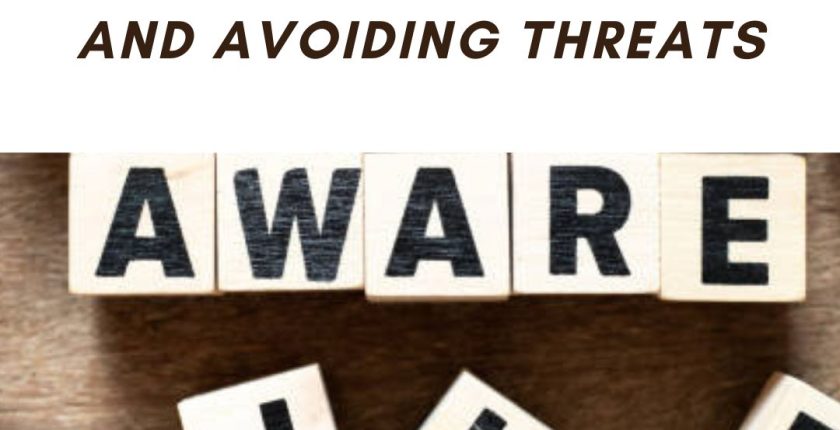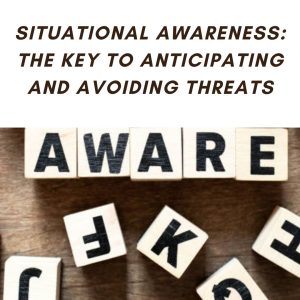Blog
Situational Awareness: The Key to Anticipating and Avoiding Threats
- March 8, 2024
- Posted by: SSDC Online Nigeria
- Category: Uncategorized

 Situational Awareness: The Key to Anticipating and Avoiding Threats
Situational Awareness: The Key to Anticipating and Avoiding Threats
In today’s ever-changing world, being aware of our surroundings and understanding potential threats is crucial for personal safety and security. Situational awareness is the cognitive process of comprehending what is happening around us, assessing the implications, and making informed decisions based on that understanding. It’s the ability to perceive, comprehend, and project the status of one’s environment. In the context of security and risk management, situational awareness becomes the cornerstone for identifying and proactively responding to potential threats.
The Layers of Situational Awareness
Perception: The foundation of situational awareness lies in perception. Individuals must actively observe and gather information from their environment. This can include data from various sources, such as sensory inputs, technological devices, and interpersonal communication.
Comprehension: Once information is gathered, the next step is to comprehend its significance. This involves interpreting data, identifying patterns, and understanding the context to form a comprehensive picture of the situation.
Projection: Building on comprehension, individuals must project the potential outcomes and future developments based on the gathered information. This forward-thinking approach enables proactive decision-making and preparation for potential threats.
How to Cultivate Situational Awareness;
Training and Education: Provide training sessions and educational programs to enhance the observational and analytical skills of individuals. This can include scenario-based exercises, simulations, and case studies to develop the ability to assess and respond to complex situations.
Technological Integration: Leverage technology to augment situational awareness. Implement tools such as surveillance systems, data analytics, and real-time monitoring to enhance the ability to gather and interpret information from diverse sources.
Effective Communication: Establish clear communication channels within organizations to facilitate the rapid exchange of information. A well-informed team is better equipped to collectively maintain situational awareness and respond cohesively to emerging threats.
Regular Assessments and Drills: Conduct regular situational awareness assessments and drills to keep individuals sharp and ready to respond. This practice helps identify areas for improvement and ensures that the skills developed are consistently honed.
Here are some Benefits of Situational Awareness;
Proactive Threat Mitigation: Situational awareness empowers individuals to identify potential threats before they escalate, allowing for proactive and timely intervention.
Effective Decision-Making: Armed with a clear understanding of their surroundings, individuals can make informed decisions quickly and effectively, reducing the impact of unforeseen events.
Improved Resource Allocation: Organizations can optimize the allocation of resources by responding strategically to potential threats, preventing unnecessary losses and disruptions.
Enhanced Adaptability: Situational awareness fosters adaptability, enabling individuals and organizations to navigate rapidly changing environments with resilience and agility.
In conclusion, situational awareness is not just a skill but a mindset that, when cultivated and ingrained, becomes a powerful tool for anticipating and avoiding threats.
I hope this blog post has been helpful. If you have any questions, please feel free to leave a comment below.
Thank you for reading!
@ssdcng
